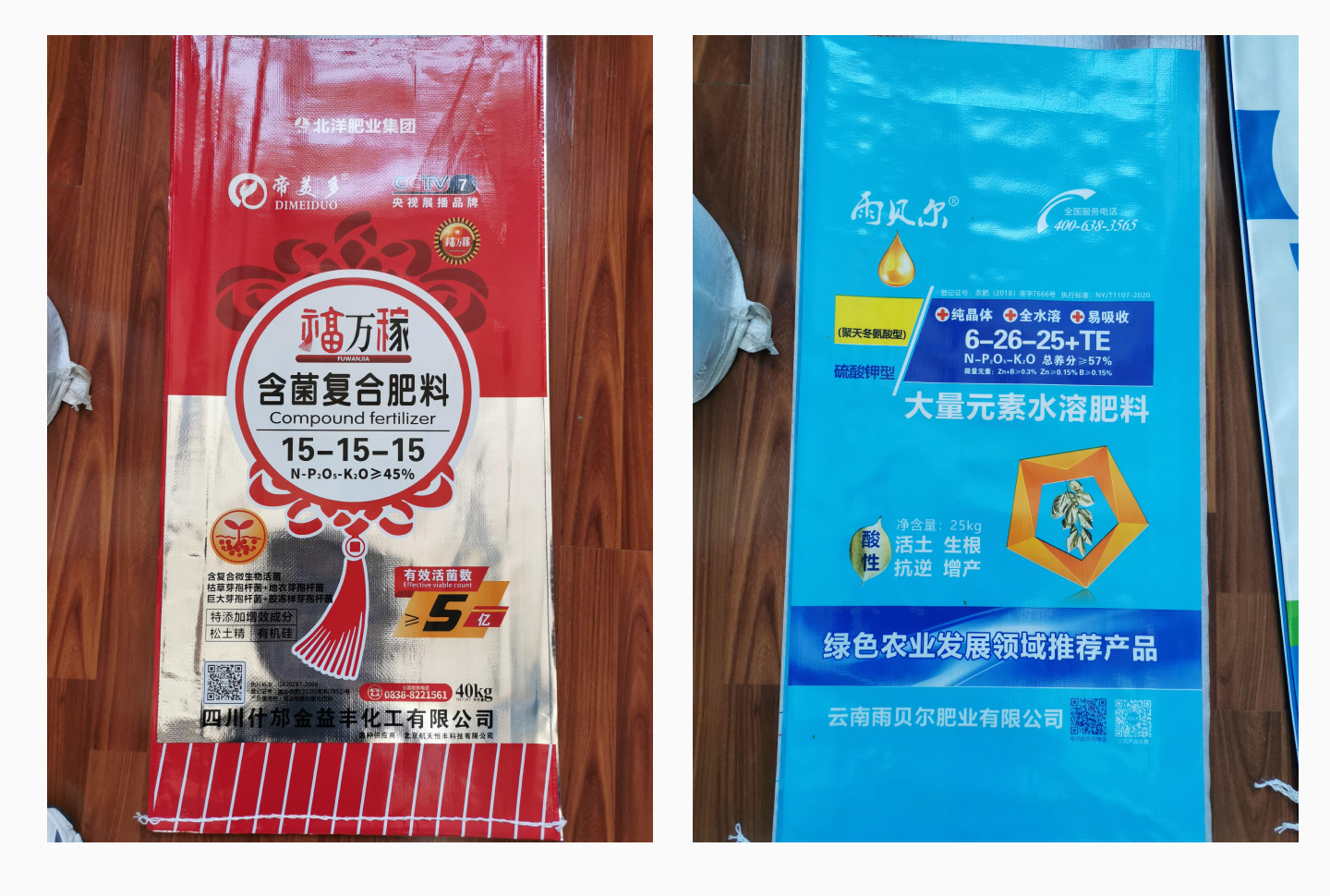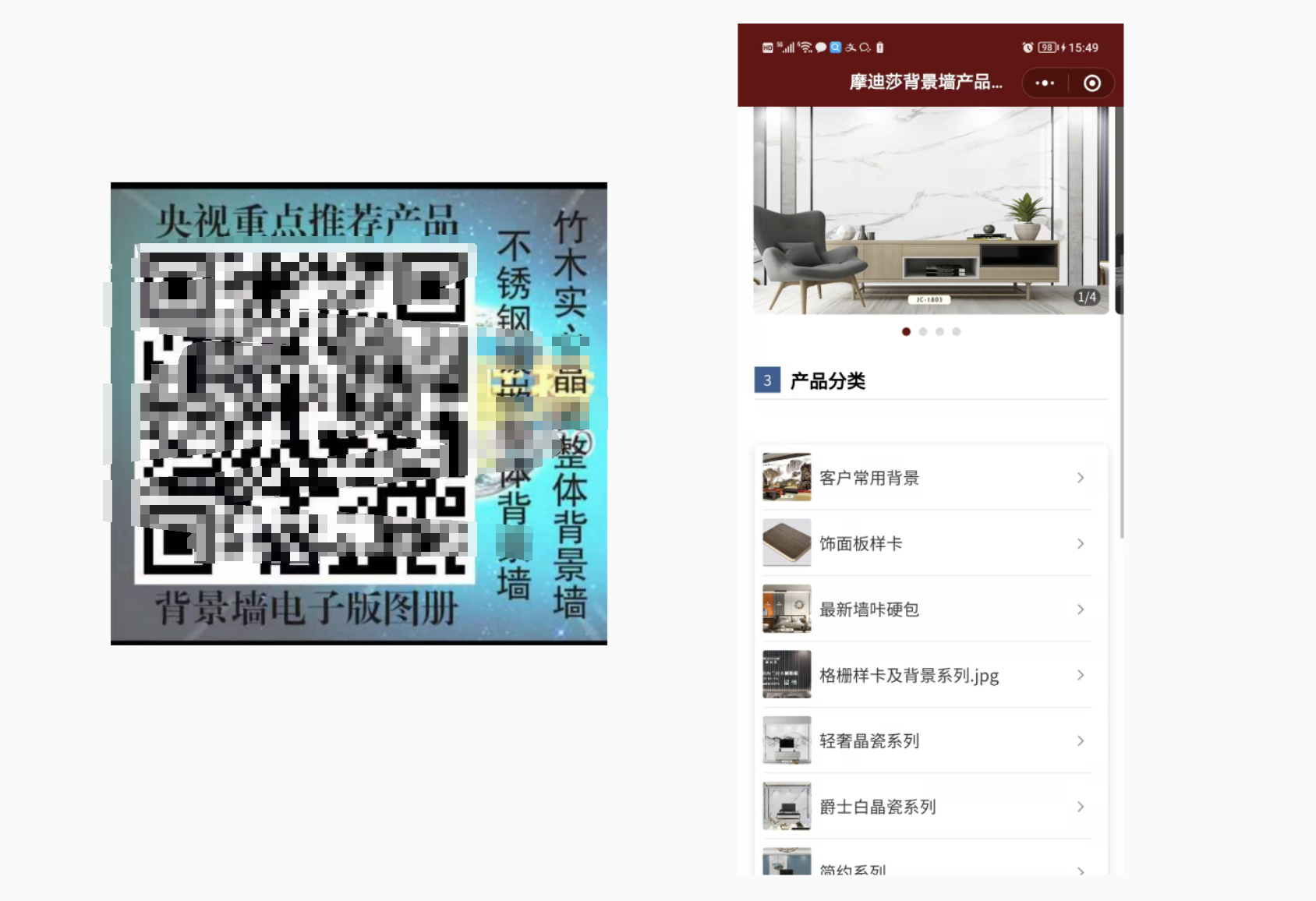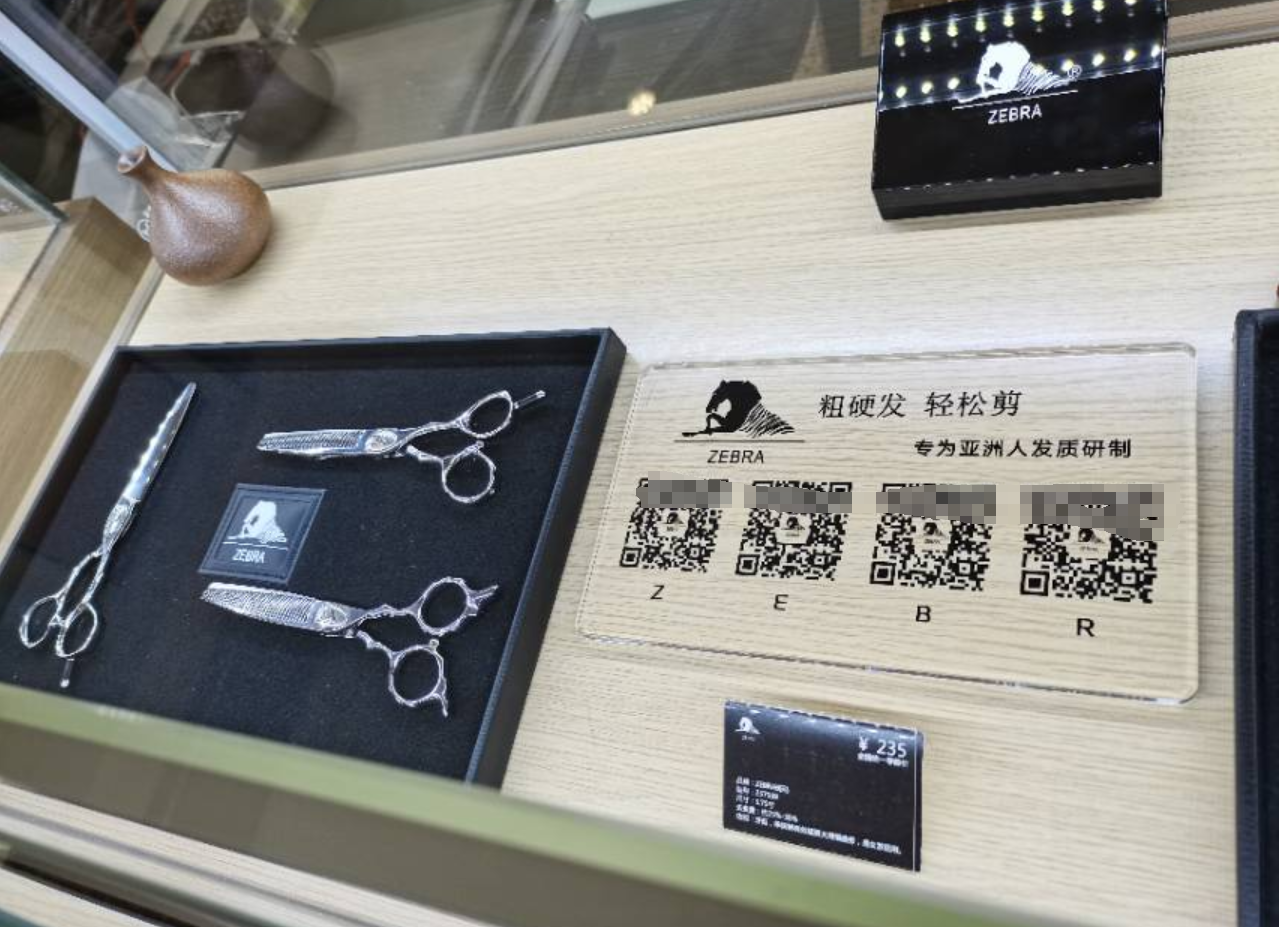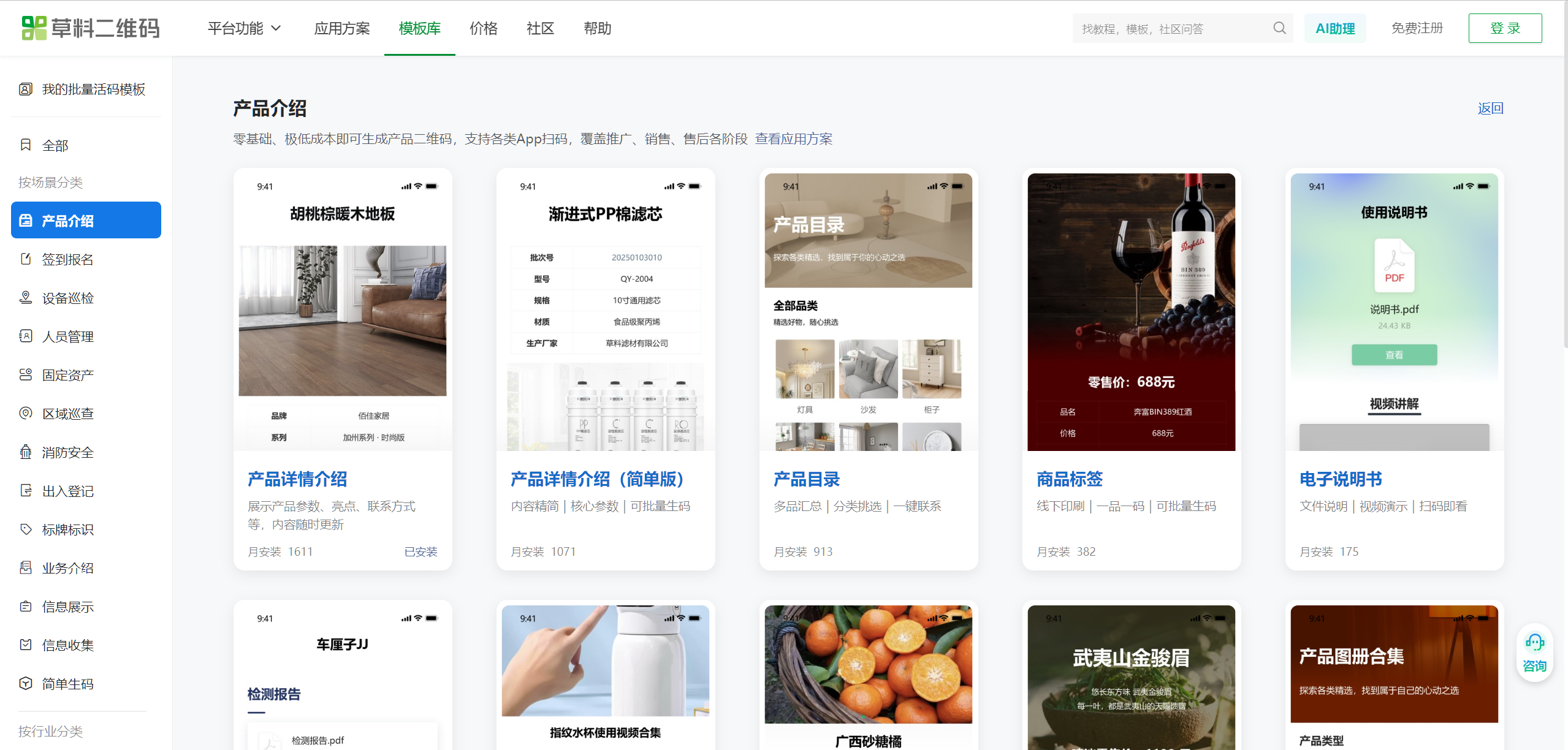How to Use QR Codes for Product Introduction to Enhance Customer Conversion and Brand Value
Original article: https://cli.im/article/detail/2319
Both small street stores and large manufacturing enterprises face a common challenge: how to deliver product information to more customers at the lowest cost? Traditional printed brochures incur high expenses and are difficult to update, while digital documents easily get lost in information overload. When customers face hundreds of products, how can they quickly find the information they need? This is similar to consumers choosing products on supermarket shelves - with numerous similar options, how can your product stand out.
I. Enhancing Display Effectiveness with QR Codes
1. Present Comprehensive Product Information
Limited space on product packaging and easily lost instruction manuals can be supplemented by QR codes. For example:
- Apparel manufacturers can create seasonal catalog QR codes with video content to showcase clothing effects
- Machinery manufacturers can embed equipment operation videos
QR codes act as "talking labels" for products. A home furnishings brand reported 217% longer customer engagement and 38% higher inquiry conversion after implementing QR code manuals.
2. Dynamic Updates Reduce Printing Costs
A machinery manufacturer once had to recall 3,000 misprinted brochures at significant cost. With dynamic QR codes:
- Content updates happen in real-time through simple backend editing
- All printed codes automatically sync new content
- QR codes can be printed first with content added later, minimizing coordination efforts
3. Data Tracking for Customer Insights
When customers scan product QR codes, the system automatically tracks:
- Scan timestamps
- Geographic locations
- Usage patterns
A Guangdong building materials distributor adjusted regional strategies after QR code heatmaps revealed 3x higher consultation rates for floor tiles in second-tier cities. This data illuminates market demands and effective marketing channels.
4. Omnichannel Content Integration
Observe food packaging QR codes that:
- Display origin traceability
- Enable social sharing
Print QR codes on packaging and promotional materials to: - Reduce printing costs
- Enhance brand storytelling (e.g., beverage bottle codes linking to brand history)
- Enable sharing via WeChat groups and social platforms
II. QR Code Implementation Case Studies
1. Packaging QR Codes
Xinjiang Purui Tianhua Packaging Co., Ltd. added QR codes to fertilizer packaging to supplement missing information, increasing customer trust through enriched content.

2. Digital Catalog QR Codes
Zhenjiang Omus Curtain City replaced physical sample books with QR codes attached to product samples, accelerating customer understanding while cutting printing costs.

3. Product Introduction QR Codes
Shanghai Kaihe Technology implemented retail store QR codes that:
- Display product usage instructions
- Enable dealers to access real-time updates
- Eliminate reprinting costs for content revisions

III. How to Create Free Product QR Codes
CaoLiao QR Code Platform offers numerous product introduction templates:
- Visit the official website and select suitable templates
- Customize content with your product information
- Generate codes instantly
For bulk needs:
- Use bulk QR codes generation to create thousands of codes simultaneously
- Free version offers:
- Unlimited code generation
- No upload limits for images/files/text
- Permanently valid codes
